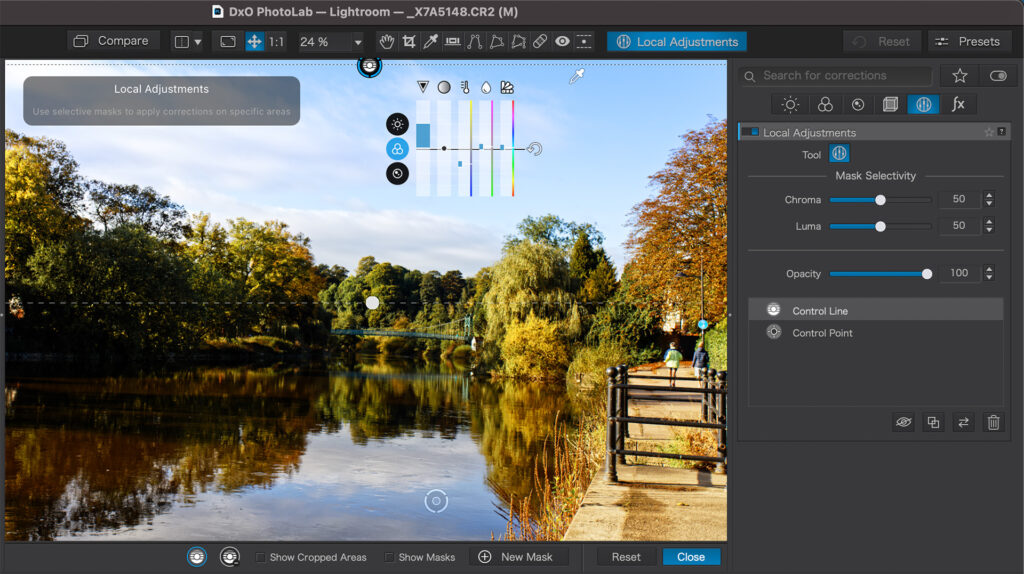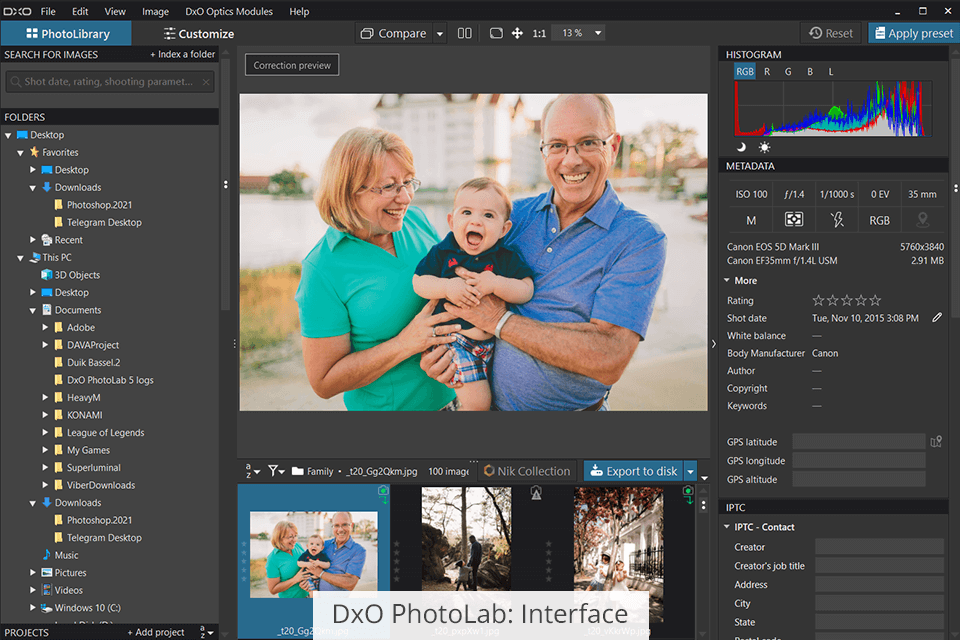

- DXO PHOTOLAB ELITE VS CAPTURE ONE MANUAL
- DXO PHOTOLAB ELITE VS CAPTURE ONE TRIAL
- DXO PHOTOLAB ELITE VS CAPTURE ONE PLUS
DXO PHOTOLAB ELITE VS CAPTURE ONE TRIAL
dng format deprives some smart phone users of enjoying the app’s powerful raw editing tools, however, and the lack of support for X-Trans sensors rules PhotoLab out for most Fujifilm fans.Ī trial vision of PhotoLab 4 is available to download so it’s certainly worth taking it for a test drive. DxO also publishes the freshly-updated Nik Collection 4 and the interesting new PureRAW app for 'pre-processing' raw files with DxO's lens corrections and DeepPRIME demosaicing ahead of their use by other programs.Personally, I gave up on C1 a while ago because off their excessive pricing.
DXO PHOTOLAB ELITE VS CAPTURE ONE MANUAL
If you shoot in raw then PhotoLab 4’s combination of raw processing and lens corrections can be an effective asset in your battle for picture perfection. DxO PhotoLab 4 should also be attractive to new photographers who just want the best possible image corrections without any technical know-how. They’ll then be able to experiment with the various manual and selective adjustment tools as their confidence and experience grows. (Image credit: George Cairns/Digital Camera World) Verdict The Smart Lighting tool tables you to prioritize exposure to reveal detail in particular parts of the image. DxO's raw demosaicing process is incompatible with the color filter array used by Fujifilm X-Trans sensors, and only works with conventional Bayer sensors, as used by all other camera makers (and some Fujifilm cameras). We were also surprised that PhotoLab 4 doesn’t necessarily support all Digital negative (.dng) files, notably those produced by the iPhone 12 Pro. You’ll need to purchase the separate DxO Viewpoint 3 app to fix perspective distortion but that means an extra outlay. Indeed, even the iOS Photos app can counteract perspective distortion.

However the app lacks the ability to counteract perspective distortion in architecture shots. Perspective distortion causes a building’s vertical lines to converge inwards towards the top of the frame. It's disappointing that this useful lens correction feature is unavailable in PhotoLab 4 as standard, given that rival programs like Lightroom, Capture One and others include it. (Image credit: George Cairns/Digital Camera World) To help you correct lens artifacts DxO will download the appropriate Optic Module (or lens profile), even for 14 year old photos such as this. The editing work in PhotoLab is carried out in the Customize window, but there's also a PhotoLibrary window where you can browse all your images, carry out basic searches using camera shooting information and keywords and even create Projects (albums). It's also possible to create Virtual Copies to try out multiple 'looks' without having to keep duplicating the original image. When you're happy with the image you can then export a processed TIFF or JPEG version. You an also access different metering settings such as Highlight Priority or Center-weighted Average using as drop down menu.Īll of PhotoLab's adjustments are non-destructive, so you can go back later and change them at any time. You can then fine-tune the results by selectively tweaking sliders for the Highlights, Midtones and Shadows as you would in many other image editing apps. The app then tweaks the shot’s exposure to prioritize details in the selected areas. After clicking the panel’s Spot Weighted button you can draw a marquee over the area (or areas) that are most important. PhotoLab 4’s Light panel has a useful Smart Lighting feature that does a similar job. Photographers often use spot metering to prioritize the exposure for a particular part of the scene (such as a bright sky or a building in shadow). You can also adjust a specific area using manual brushes, which enables you to selectively dodge (lighten) or burn (darken) particular areas with great precision (like an old school analogue dark room photographer), but PhotoLab also uses auto-masking 'control points' inherited from DxO's takeover of the Nik Collection.
DXO PHOTOLAB ELITE VS CAPTURE ONE PLUS
One of most useful equalizer sliders is ClearView Plus (Elite edition only), which uses localised contrast adjustments to cut through atmospheric haze and give flat-looking pictures much more contrast. (Image credit: George Cairns/Digital Camera World)Īfter applying a selective adjustment you can tweak a range of properties via a clever multi-function equalizer that sits next to the area that you’re working on.


Here we’re using ClearView Plus to claw back more detail in distant haze. Local adjustments such as Control Points enable you to target a specific region and tweak a host of properties.


 0 kommentar(er)
0 kommentar(er)
